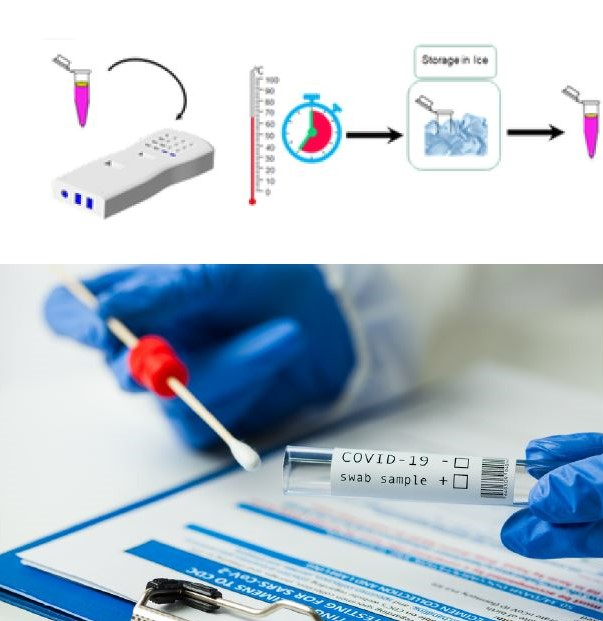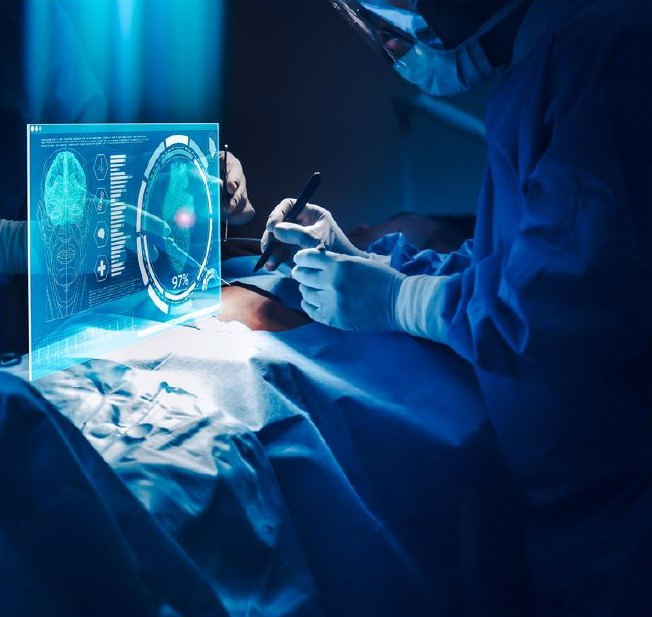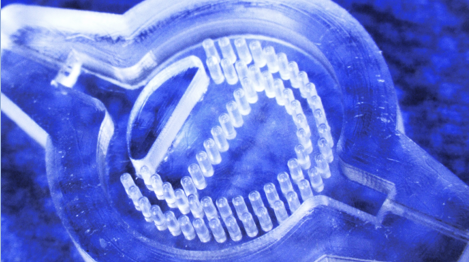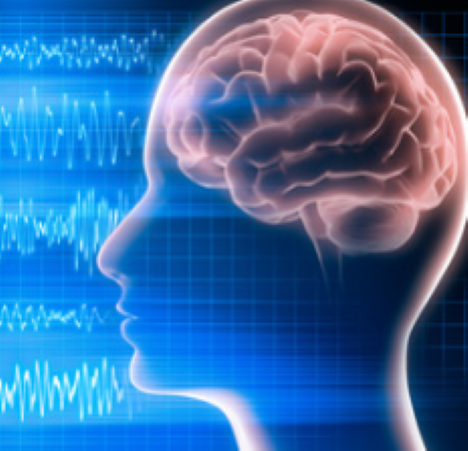
Novel low-cost technology for detection of COVID-19
One of the most popular and accurate methods is the Real-Time Quantitative Polymerase Chain Reaction (RT-qPCR), which was declared by the WHO and the CDC as the “gold standard” for the detection of SARS CoV-2. In the present invention, a portable all-in-one device (RASSED)is developed using 3D printing technology to perform Reverse-Transcription Loop Mediated Isothermal Amplification in order to facilitate rapid screening of
COVID–19at the point-of-care.
PCT/IB2021/060631

Robotics-based approach for cardiac ablation
This invention describes methods and systems for performing robotic ablation of cardiac tissues for the treatment of arrhythmias. The robot uses concentric tubes comprising compliant tubes that can deform by bending and twisting when rotated from their base. Elastic interactions between the tubes enable the surgeon to steer through hollow and liquid-filled cavities such as the arteries and veins within the body. The robot also facilitates optimal pseudo-constant contact forces with cardiac tissue, allowing superior contact with the tissue that will be ablated compared to traditional catheter-based methods.
WO 2021/234604 A1

Drug discovery redefined
An Organ-on-a-Chip device that recreates the micro-environment of the lymph node, which is the meeting point for immune cells in the human body. The chip is coupled with a computational platform that uses artificial intelligence to analyze immune cell behavior. The ultimate goal of the technology is to assess the effect of candidate drugs on the immune system in an in-vitro, physiologically-relevant environment that eliminates the need for animal testing and guarantees better performance during clinical trials.
US 2020-0276586 A1

Make your life sweet enough
This is a low-cost glucose sensor that can be used to monitor sugar levels in human fluid (saliva, sweat, blood). It does not require a special solution to dilute the fluid before applying it to the sensor which results in a more compact, lower cost and long shelf life device. The sensor can measure glucose concentration levels between 40-180 mg/dl, which covers the necessary monitoring range in human blood.
WO 2019/234596 A1

Protection against sudden death from ventricular arrhythmias
The medical device for detecting a ventricular arrhythmia is comprised of input circuitry configured to receive an electrocardiogram signal, processing circuitry coupled to the input circuitry, and feature extraction circuitry coupled to the processing circuitry. In addition, machine learning circuitry is coupled to the feature extraction circuitry that includes a decision block to alarm the user if a ventricular arrhythmia is detected.
U.S. 9,717,438

Reducing the impact of seizures in epilepsy patients
The occurrence of random and sudden seizures in epilepsy patients can be stressful and potentially dangerous. The machine-based patient-specific seizure classification system could detect seizure precursors and potentially suppress the seizures. The system-on-chip (SoC) includes a hardware-efficient log-linear engine to realize non-linear support vector machine-based seizure detection. Also, the system enables multi-channel electroencephalography data acquisition and storage.
U.S. 9,848,793

Improved process of preparing pharmaceutical tablets
A gel material from structure-modified or processed cellulose combined with an active pharmaceutical ingredient can be used to improve the process of tablet production. The approach introduces a continuous process that can reduce labor, time, and cost of production. In addition, the approach results in an improved tablet with desirable properties.
Production of pharmaceutical products in tablet form
U.S. 9,446,000